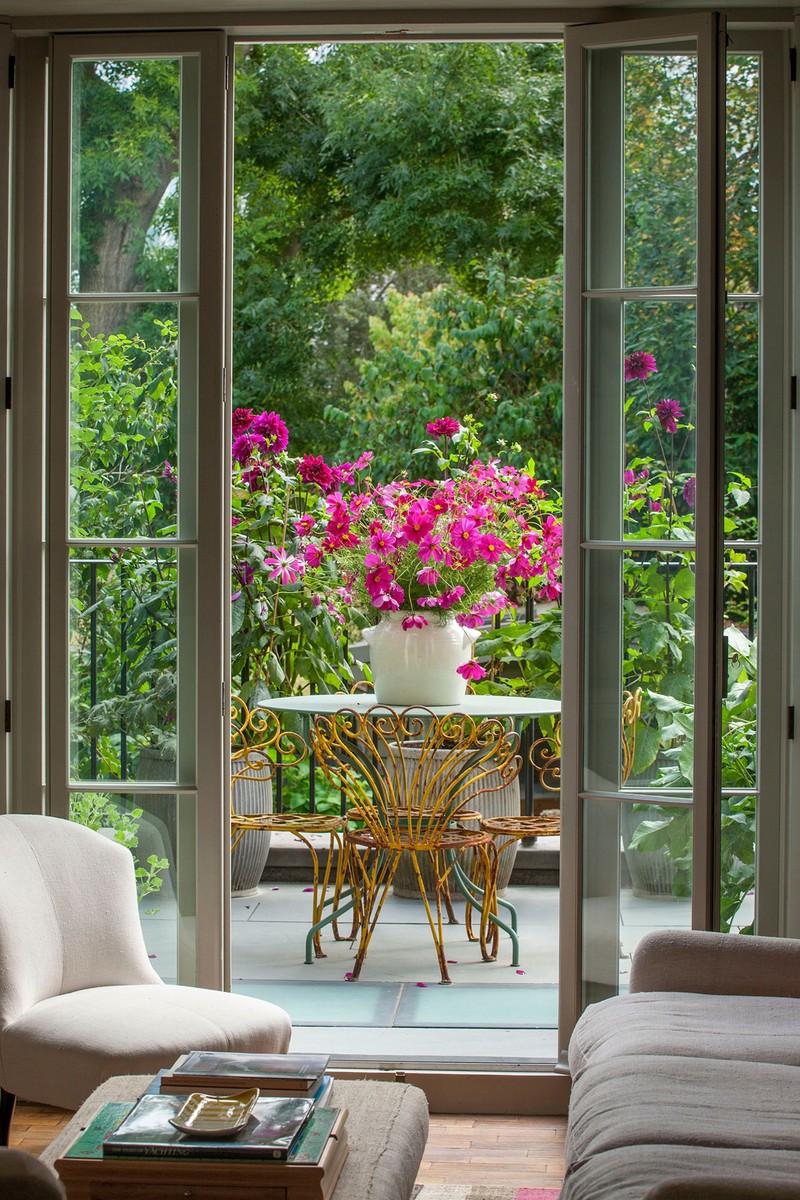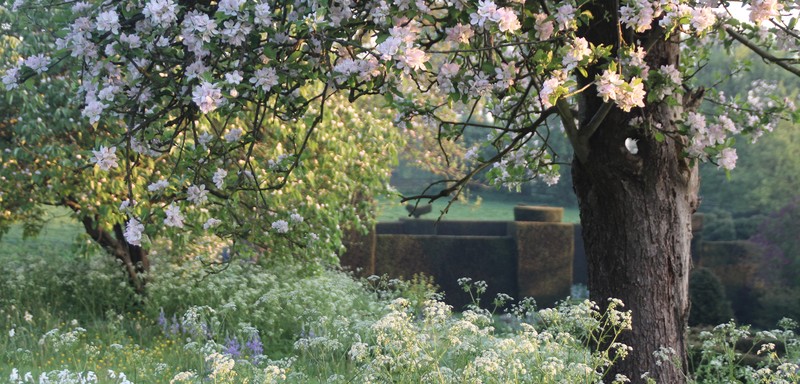
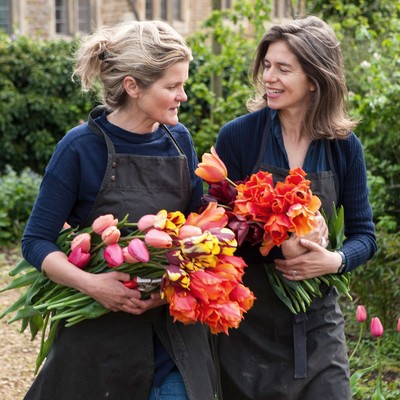
12 Gardening Rules – With The Land Gardeners
Don’t Rush Into Any Decisions
You should live with an existing garden for around a year before deciding how to redesign it. If you buy a new house, you need to live through each of the seasons to see what plants and bulbs appear throughout the year. We like to tread softly with gardens as sometimes there are all sorts of treasures in there – and the more we can feel nature in a garden, the better. When undertaking a complete redesign, it’s important to plant between November and March, when the plants are dormant.
Budget Isn’t Everything
If you don’t have a huge budget, getting the soil right is the simplest and most effective thing you can do to make a difference to your garden. We also recommend spending your money on the structure of the garden – such as hedging or the odd piece of topiary. Think about mowing paths through long grass to help you work out which areas of your garden to define. And remember that bulbs are relatively inexpensive and give your garden colour and points of interest year after year. Some of our favourites are snowdrops, crocus, narcissi and camassias.
Get The Compost Right & The Rest Will Follow
Make sure to feed your soil with good-quality compost. Most composts are fibrous, but they are not filled with life. They’re also often heated to such high temperatures that they kill not only the bad microbes but also the good microbes. It is the biological life in your soil which feeds your plants. For years, we have been researching how to make a compost that is filled with life – we regulate it daily measuring oxygen, temperature and moisture levels to optimise the microbes in it. You only need a small amount of our Climate Compost Inoculum to reboot the biology in your soil. We put a pinch of it under every seedling when we plant it or a handful under a tree or shrub. We then regularly make ‘teas’ with it throughout the summer by adding a handful of the compost to a full watering can of water, stirring vigorously before watering the plants and the soil. If you feed the microbes in your soil with compost, it will do the hard work of looking after your plants for you. Finally, if you need a quick-growing crop to feed the soils, use green manures.
If You Have Space, Think About A Veg Patch
We really like to mix vegetables with flowers – from tulips to dahlias and cosmos – and herbs. Think about creating tepees to grow climbing French beans. Perpetual spinach is brilliant for year-long greens and cut-and-come-again salads are wonderful. There’s a really good summer and winter mix available to buy from cook and fellow gardener Sarah Raven’s online shop. We recommend using green manures in between planting to keep the soil covered, such as phacelia or crimson clover.
Balconies Can Be Just As Impressive
To create a pretty space that feels just as full of life as a full garden, we like to fill up lots of pots with things like scented geraniums, gaura lindheimeri (whirling butterflies) and little erigeron karvinskianus daisies. Other favourites include salvia amistad, hydrangea paniculata or deliciously scented lilium regale (regal lily). Don’t forget about herbs – we love underplanting tulips with fresh mint.
If You’re New To Gardening, Go For Fool-Proof Plants
There are a few plants and flowers that work in almost any garden. Hydrangea annabelle has lovely flowers for picking and they flower all summer long – as long as they are watered. Dahlias are lovely for late-summer flowers, while roses flower all summer.
Avoid These Common Pitfalls
There are a couple of mistakes to avoid when starting a garden from scratch. So much about what makes a great garden comes down to good proportions – so it is worth marking out the garden first. A simple way of doing this is by mowing areas to really feel how these spaces work. Most importantly, never spray your plants and flowers with chemicals, as they are carcinogenic and will also kill the microbes in the soil. We always hire a turf cutter to create any new flowerbeds.
Get Out In The Garden When You Can
Tackling the garden with a little-and-often approach connects you to your soil and your plants. But we all know life gets busy – try to relax when nature takes over!
Let Nature Do Its Thing
One thing we encounter quite a bit when helping people with their gardens is that they want to over-control them. But nature works best when there is biodiversity. We allow nature to weave its way through the gardens – for example, patches of nettles are a food source for caterpillars, which in turn brings butterflies into your garden. They’re also very delicious and healthy. We also allow plants to self-seed through beds. Valeriana officinalis (valerian) works well with this and is light and airy, as does angelica archangelica, with its huge umbelliferous flower heads, or verbena bonariensis, which give a beautiful naturalistic feel to a garden.
Think Ahead
If you’re looking to get ahead, order your bulbs for spring now – we plant our daffodils in September and tulips in November. And don’t forget to protect your plants in the winter months. But remember that only those that are tender will need protecting. We like to use a length of fleece or frost cloth blossom on espaliered fruit trees. If you have dahlias or giant rhubarb in the ground, heap straw over them.
You Don’t Need Loads Of Gear
You don’t need tons of tools, although we couldn’t live without our copper Castor trowels or a copper Hydra hoe. We also cannot garden without our cotton smocks – they’re brilliant for holding tools in our pockets while we’re weeding and pruning.
Look Out For Inspiration
Inspiration for your garden can be found everywhere: out in nature, in books and even in old textiles. In our own gardens, we were both inspired to create orchards. We love them as they are productive areas, providing us with fruit and blossom throughout the year – as well as armfuls of cut flowers from bulbs, cow parsley and rose hips. It’s so easy to feel part of nature in an orchard, and they’re so easy to look after.
Henrietta and Bridget’s new book, Soil To Table – with recipes by Lulu Cox – is out now and is available to buy here.
Visit TheLandGardeners.com and follow the pair on Instagram at @TheLandGardeners
DISCLAIMER: We endeavour to always credit the correct original source of every image we use. If you think a credit may be incorrect, please contact us at info@sheerluxe.com.
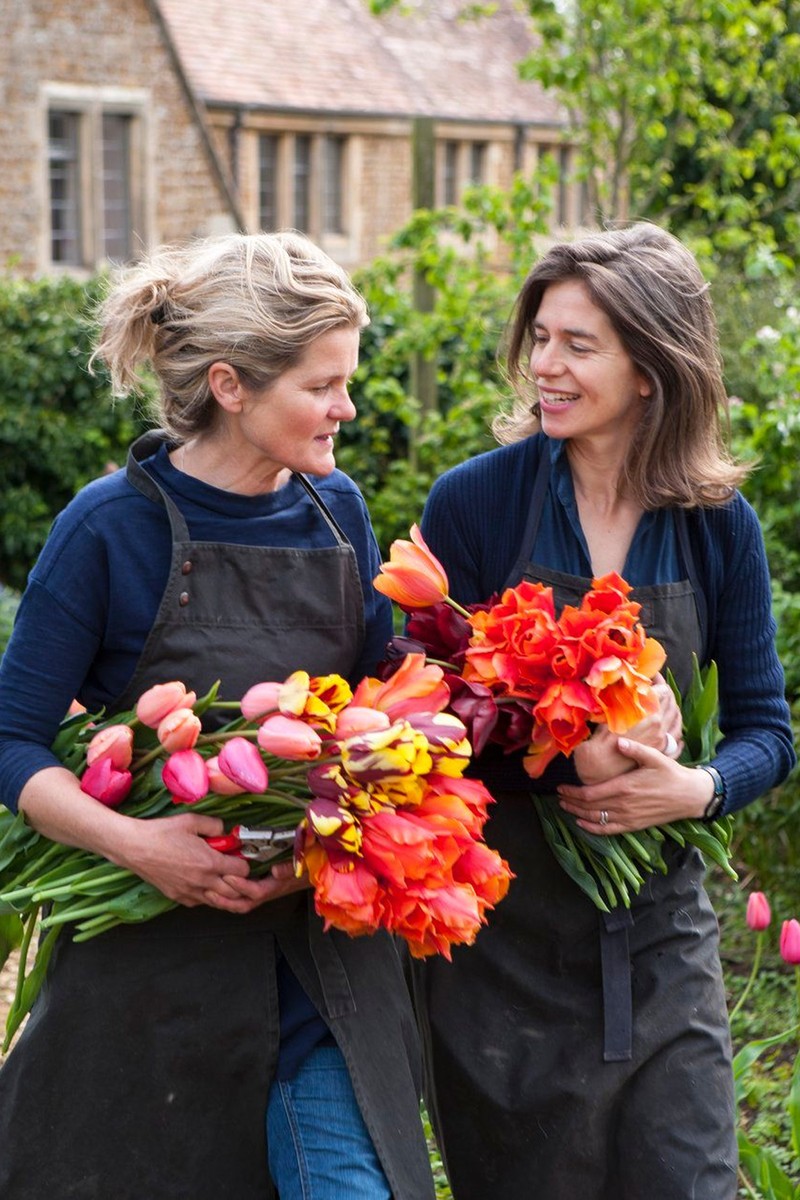
/https%3A%2F%2Fsheerluxe.com%2Fsites%2Fsheerluxe%2Ffiles%2Farticles%2F2022%2F08%2Fmy-gardening-rules-image-2.jpg?itok=9k0e8Mw7)
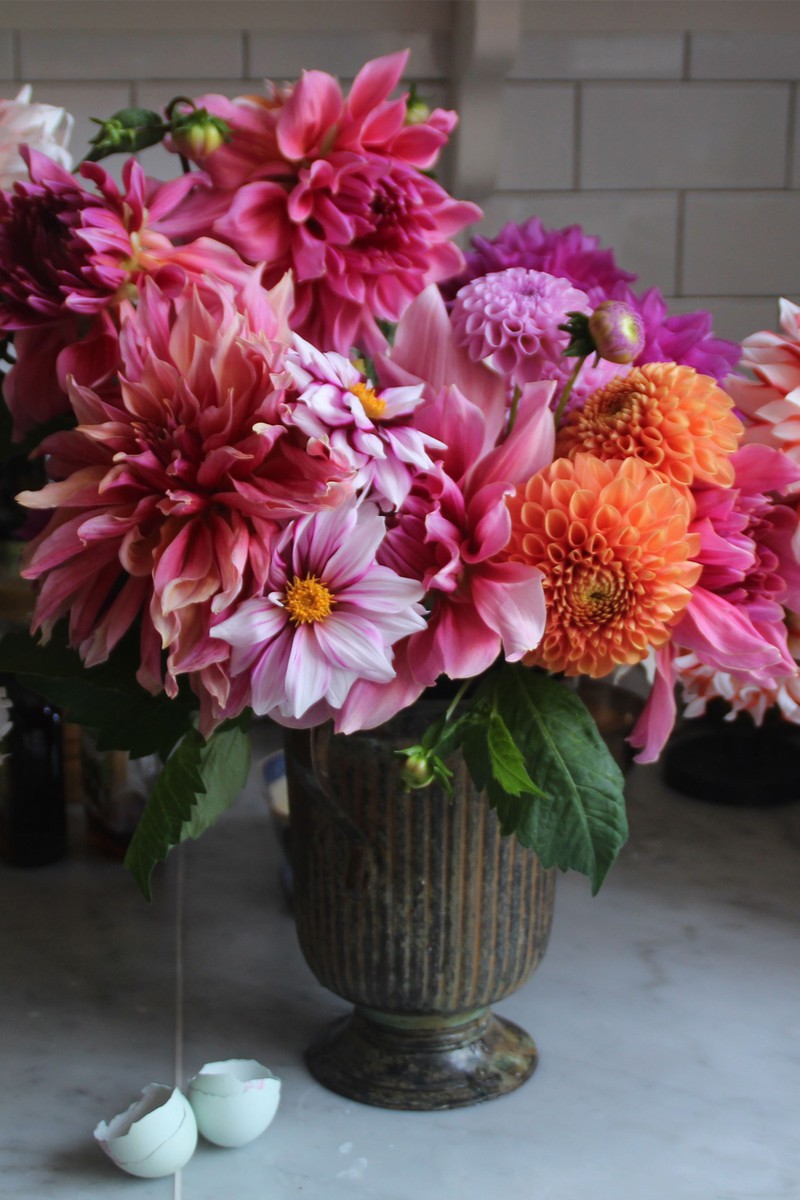
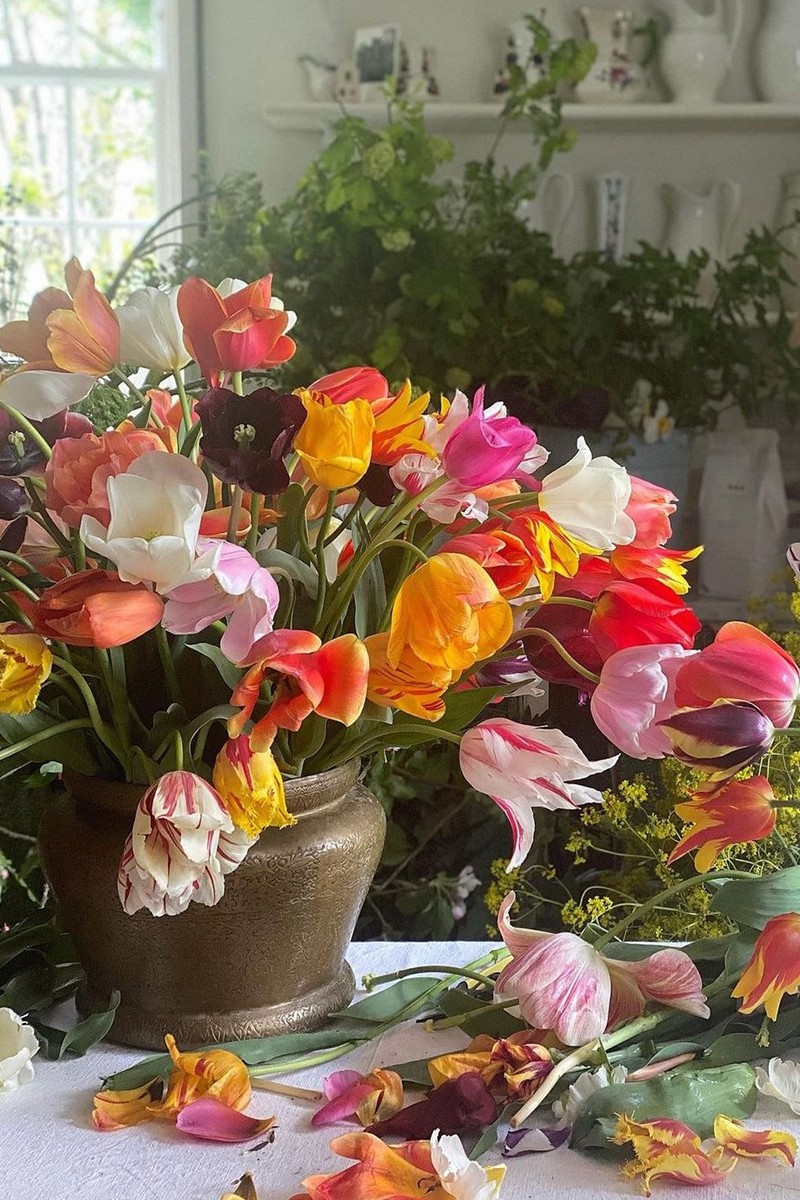
/https%3A%2F%2Fsheerluxe.com%2Fsites%2Fsheerluxe%2Ffiles%2Farticles%2F2022%2F08%2Fmy-gardening-rules-image-3.jpg?itok=kIA5E4tW)
